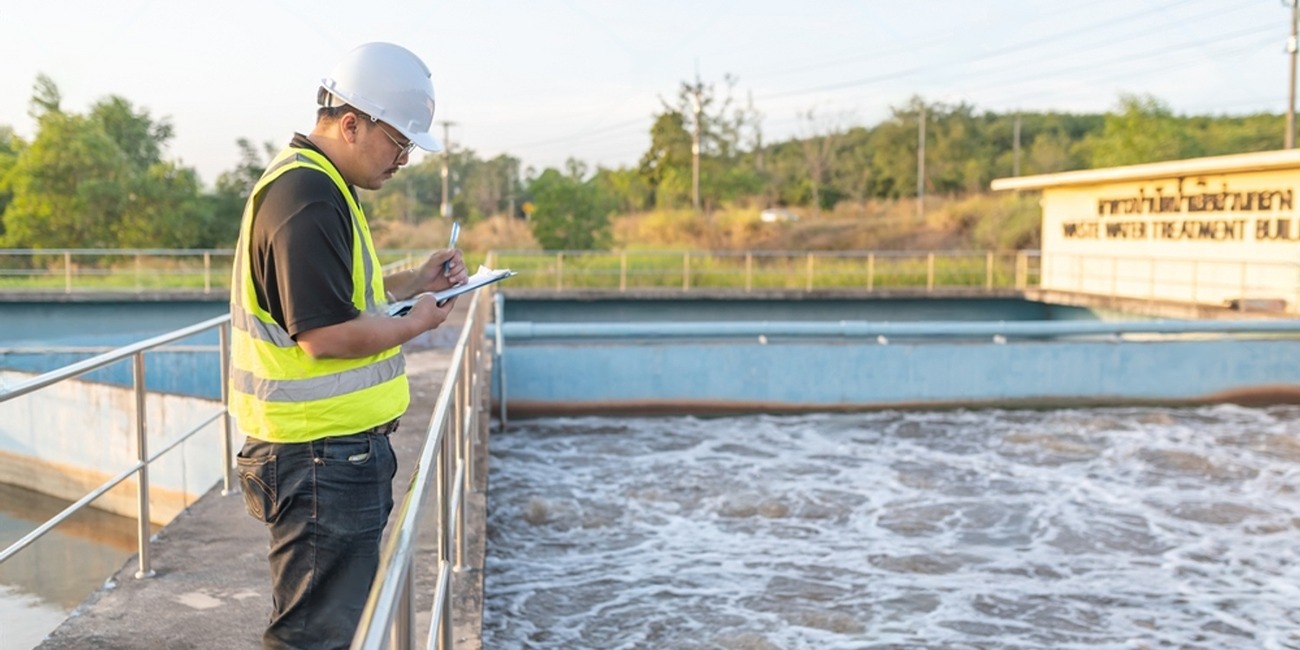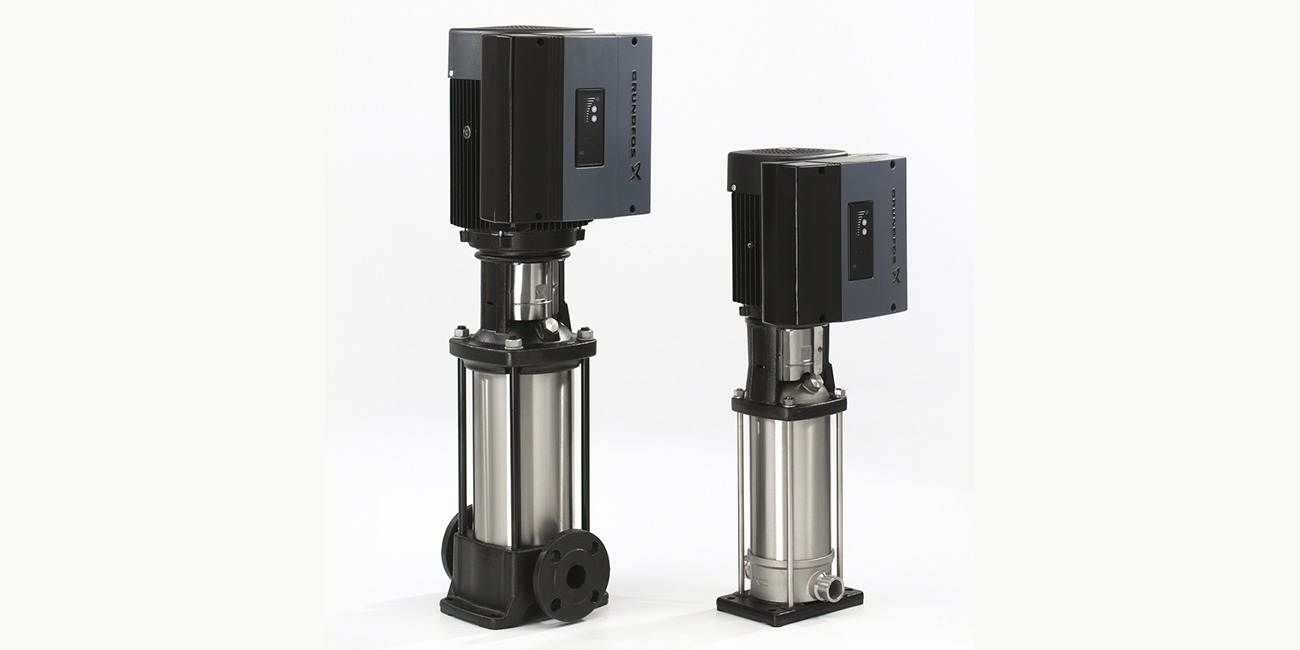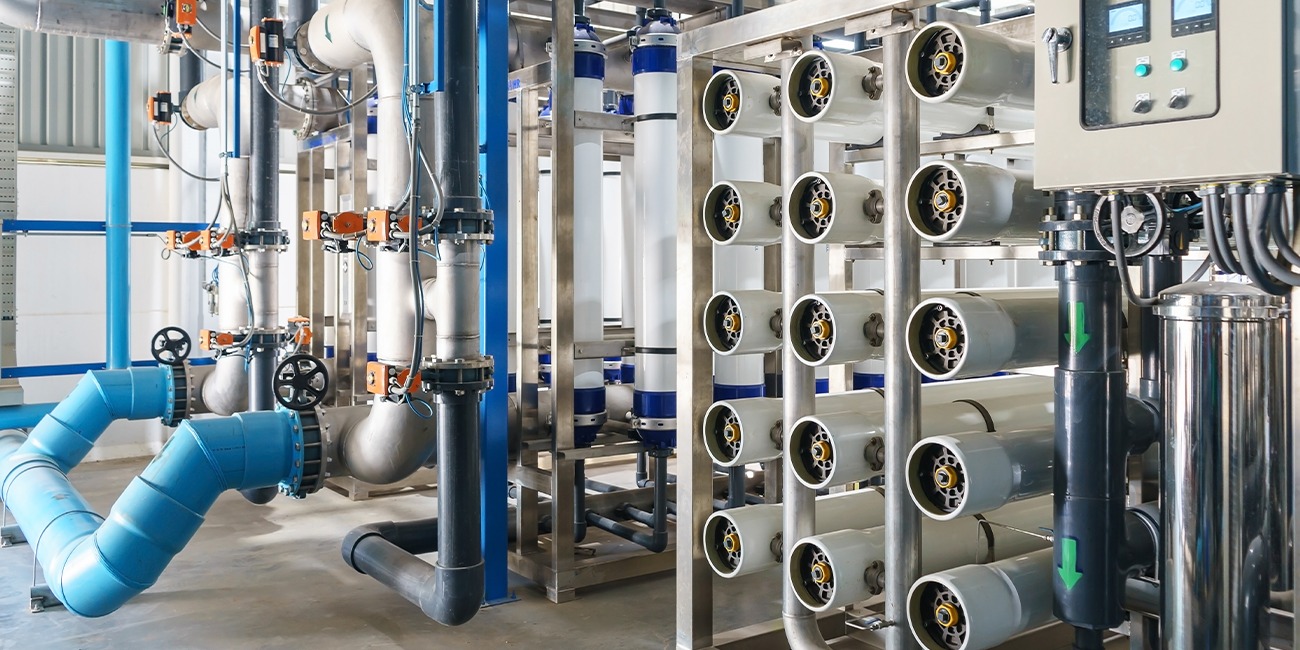Wastewater treatment is a critical process that protects the environment, preserves water resources, and safeguards public health. As urbanization and industrialization continue to expand, the demand for clean water and effective wastewater management has never been greater. Untreated wastewater can lead to severe water pollution, harming ecosystems and contributing to the spread of waterborne diseases.
In this blog, we’ll explore the causes of wastewater generation, types of sewage, common pollutants, wastewater treatment processes, the pros and cons of treatment, and different types of wastewater treatment plants.
How Water Becomes Wastewater
Causes & Consequences
The growing need for wastewater treatment has been driven by several key factors:
- Increased Wastewater Generation – Higher water consumption in homes, industries, and agriculture leads to more wastewater.
- Water Scarcity – Reusing and recycling water has become essential to address global water shortages.
- Urbanization – Expanding cities generate more sewage, requiring efficient treatment solutions.
- Industrialization – Factories and manufacturing processes contribute significant amounts of wastewater, often containing harmful chemicals.
- Energy Consumption – Energy production processes, including cooling systems, generate wastewater.
- Environmental Concerns – Protecting water bodies from contamination is essential for maintaining biodiversity.
- Technological Advancements – Innovations in treatment methods make wastewater recycling more efficient.
- Regulatory Compliance – Governments and environmental agencies set strict guidelines for wastewater discharge.
Types of Sewage
Wastewater is categorized based on its source:
- Domestic Sewage – Wastewater from households, kitchens, bathrooms, and laundry.
- Industrial Sewage – Wastewater from manufacturing, processing plants, and chemical industries.
- Storm Sewage (Stormwater) – Rainwater runoff that collects debris, chemicals, and pollutants from streets and surfaces.
Wastewater Treatment Process
The wastewater treatment process consists of multiple stages to remove contaminants and make water reusable or safe for discharge:
- Pre-Treatment – Removal of large debris and solids.
- Primary Treatment – Separation of suspended solids and sedimentation.
- Secondary Treatment – Biological treatment to break down organic matter.
- Tertiary Treatment – Advanced filtration and disinfection.
- Sludge Treatment – Processing and disposal of solid waste from wastewater.
- Effluent Disposal – Safe discharge or reuse of treated water.
Types of Wastewater Treatment Plants
Different facilities and industries require specialized wastewater treatment plants based on their specific needs. Some common types include:
- Effluent Treatment Plant (ETP) – Designed for industrial wastewater treatment.
- Sewage Treatment Plant (STP) – Used for treating municipal and domestic wastewater.
- Odor Control System – Helps manage unpleasant smells from wastewater processes.
- Anaerobic Reactor (UASBR) – Uses bacteria to break down organic matter without oxygen.
- Dissolved Air Flotation (DAF) – Removes oils, greases, and suspended solids using air bubbles.
- Moving Bed Biofilm Reactor (MBBR) – A biological treatment process with floating media to enhance microbial activity.
- Membrane Bio Reactor (MBR) – Combines biological treatment with membrane filtration for high-quality effluent.
- Sequential Batch Reactor (SBR) – A batch process for biological wastewater treatment.
Advantages and Disadvantages of Wastewater Treatment
Advantages
- Reduces water pollution and protects natural ecosystems.
- Helps conserve water by enabling reuse.
- Supports regulatory compliance and environmental sustainability.
- Enhances public health by minimizing exposure to contaminants.
Disadvantages
- High initial setup and operational costs.
- Energy-intensive processes, depending on the technology used.
- Requires skilled professionals for maintenance and monitoring.
Final Thoughts
Wastewater treatment is essential for sustainable water management. Whether for industrial use, municipal applications, or environmental conservation, effective treatment technologies ensure cleaner water for future generations. As innovations continue to improve efficiency and cost-effectiveness, adopting responsible wastewater treatment strategies will remain a key part of global sustainability efforts.





